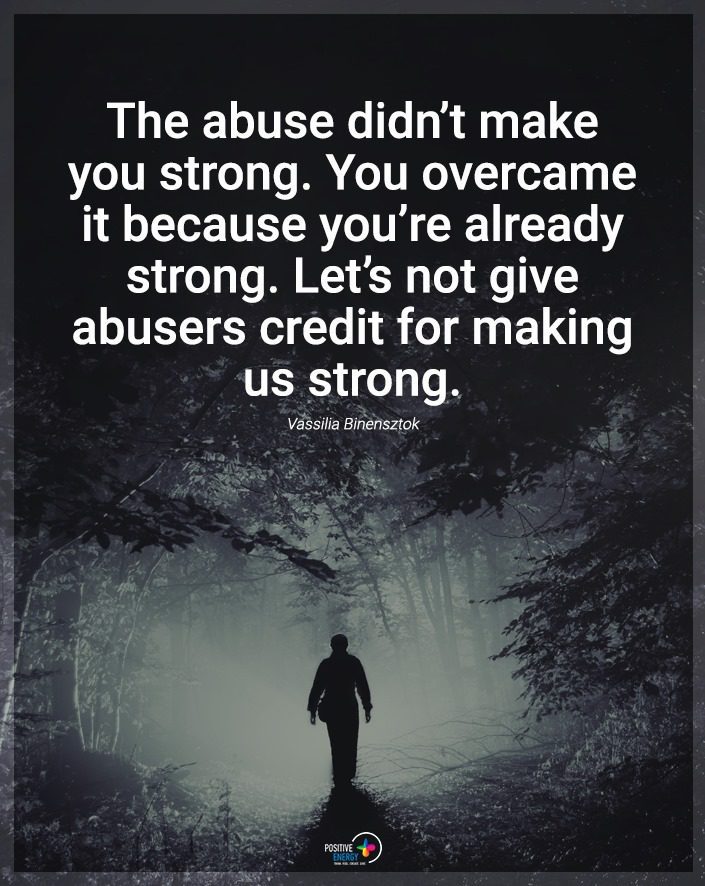The number of abused children is gut-wrenching
The National Children’s Alliance reports alarming 2021 statistics for the United States:
- Approximately 600,000 children were victims of abuse. They also note this number is most likely under-reported.
- Children under the age of one comprise the majority of abused children, equalling about 15% of all cases. Even worse, a full 28% of child abuse victims are no more than two.
- 1,820 children perished due to abuse or neglect.
- 77 percent of abusers are the child’s parents.
- Across the country, neglect stands out as the predominant type of maltreatment. About 76% of those mistreated face neglect, while 16% undergo physical harm, 10% encounter sexual abuse, and a minute 0.2% become victims of sex trafficking.
As these numbers represent only instances of abuse reported to authorities, the actual statistics are likely to be much higher.
Some studies project that as many as one in four kids experience child abuse at some point in their life.
Abused Children and Brain Research
Behind the statistics, however, are the faces of our most delicate and vulnerable demographic – our kids. Child abuse is tragic on many levels; one being that the abuse occurs during the period of life when the brain is developing fastest.
Neuroimaging technologies, such as magnetic resonance imaging (MRI), provide significant insight into how the brain develops at a young age and how early experiences affect that development. Researchers are focusing more attention and resources on the effects of abuse and neglect on the developing brain, notably during infancy and early childhood.
Because of the tremendous work achieved by neurologists, neuropsychologists, and other experts, scientists have brought forth indisputable evidence linking child abuse and neglect with structural changes in the brain.
With this advanced brain research, scientists are now able to give biological explanations for what practitioners have long been describing in behavioral, emotional, and psychological terms.
The Brain’s Carryover Effect: Abuse to Adulthood
Peg Streep, a New York City-based psychologist, explains the correlation between childhood experiences and psychological traits later in life:
“While it’s true that everyone’s childhood experience is different … there are nonetheless broad and reliable statements which can be made about the effect of (childhood) experiences. They are invaluable to understanding how your childhood shapes your personality and behaviors.”
The reason for this “carryover effect” is two-fold. First, the forming new brain pathways – a process called myelination – is 80 percent finished by age four. Second, our brain and mind are predominantly in an “information absorption” state until age six.
Many scientists say the subconscious dictates about 95 percent of our behavior. When does this “subconscious programming” occur? From birth to six years.
In straightforward terms, what we experience during childhood directly affects who we are as adults. Which begs the question: What are the psychological aftereffects of an adult abused during childhood?
Here are seven behaviors people abused as children have as adults:
“Just as positive experiences can assist with healthy brain development, children’s experiences with child maltreatment or other forms of toxic stress, such as domestic violence or disasters, can negatively affect brain development.” ~ Childwelfare.gov
1. Social Difficulties
The chronic stress children experience from abuse may stunt the area of the brain responsible for social intelligence. As a result, adults who haven’t developed the necessary coping mechanisms or undergone treatment may have more difficulty interacting with others.
Adults abused during childhood may have difficulty understanding social cues, such as facial expressions.
2. Impulsive Behavior
Children and adolescents often display impulsive behaviors; in part, because the brain region that controls executive functioning – the Prefrontal Cortex (PFC) isn’t entirely mature. Abused children are no different in this regard.
However, children who face this mistreatment are in a near-constant state of arousal – a toxic byproduct of the near-constant fear of physical or psychological harm. Without proper treatment, the adult may experience troubles resulting from impulsiveness.
3. Underachievement
Experiencing abuse at any stage in life makes concentrating on work or studies extremely difficult. Kids who are mistreated (including by their peers) often don’t live up to their intellectual capacity – and perform well below their capabilities.
In adulthood, it’s not uncommon for child abuse survivors to continue the underachievement cycle.
4. Depression and Anxiety
It comes as no surprise that abused children battle mental health issues in adulthood. Depression and anxiety are the two most common mental health issues in the world. The chances of an adult developing both increases substantially with any history of child abuse.
The risk factors for an adult abused during childhood are higher because the individual often doesn’t possess the internal coping resources necessary to manage emotions healthily.
5. Poor Emotional Intelligence
Children learn to interpret emotions primarily through dyadic communication such as words and gestures. Both play a crucial role in helping the child articulate their feelings, manage fears, understand negative emotions, and develop resilience.
Without the ability to correctly interpret their emotional states, the future adult may never develop perhaps the most important individual trait: emotional intelligence.
6. Struggles With Intimacy
Child abuse is one of the most psychologically damaging experiences a human being can go through. An abused child never experiences the critical emotions of acceptance, love, and nurturing from the most important place – the home.
Fast forward to adulthood, and the individual almost certainly lives with a pervasive sense of insecurity and isolation. Predictably, when someone who exhibits acceptance, love, and affection comes along, the adult is ill-prepared to handle the situation. As a result, the adult will either (a) attach themselves to the person or (b) push them away.
This makes the development and maintenance of a healthy intimate relationship exceptionally difficult.
7. Aggression and Misbehavior
Several studies have linked early abuse to aggression and misbehavior later in life. In a study published in Child Maltreatment, researchers selected 676 abused or neglected children and 520 non-abused children at random from birth and school records.
The 1,296 participants were interviewed upon reaching the (average) age of 29. The study cites the following:
– Adults who had been abused or neglected were 38% more likely to have been arrested for a violent crime.
– Abused or neglected participants were 53% more likely to have been arrested as an adolescent.
– Prolonged abuse or neglect (per child protective service records) is “related to delinquency, drug use, and other problem behaviors” throughout adulthood.
Final Thoughts on the Impacts of Child Abuse
Child abuse is an unacceptably tragic event. Each child abuse case should be handled with the utmost urgency and confidentiality.
The Childhelp National Child Abuse Hotline, founded in 1959, focuses on preventing and treating child abuse. Serving the U.S. and Canada, the hotline is available 24 hours a day, 7 days a week. Assistance is provided in over 170 languages.
Per their website, the organization offers:
- Crisis intervention
- Relevant information
- Referrals to thousands of emergency, social service, and support resources
The hotline can be reached at (1-800) 4-A-Child or (1-800) 422-4453.
Editorial note 09.06.2023: Updated statistics to reflect more current data.


















